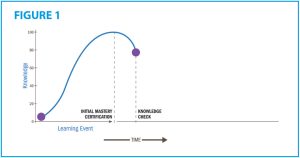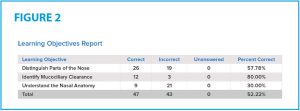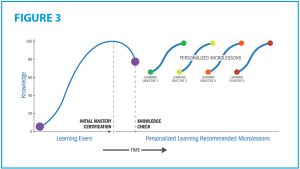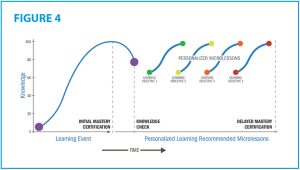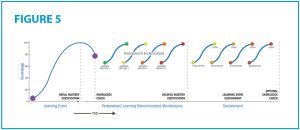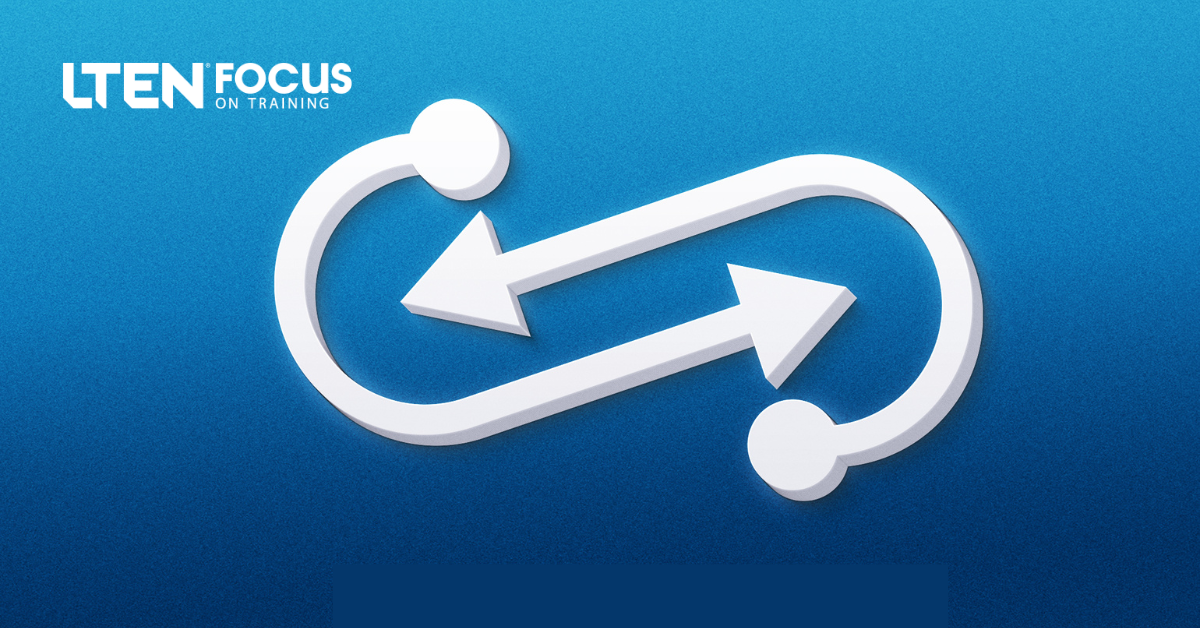
METRICS & ANALYSIS – by Steven Just, Ed.D.
What we do during and after delivering microlearning is critical
There is abundant research evidence that microlearning, the practice of breaking up longer learning modules and delivering them as smaller units over time, is an effective learning strategy.
We are all familiar with the fact that within a week or two learners will forget the vast majority of what they are taught in a traditional learning event (instructor-led, elearning or workshop). And research has shown that, for example, when learners are presented with 20 minutes of information, they perform better when it is several three-minute segments rather than a whole 20-minute lesson.
The reason is straightforward: Shorter learning segments reduce cognitive load. Research shows that three- to five-minute segments (no longer than six minutes) are the sweet spot for “learning nugget” length.
All well and good, but it is also true that learners will eventually forget shorter lessons as well as longer lessons. Distributing small learning nuggets is not a learning-loss panacea; it is only one piece of a larger continuous learning strategy.
What we do during and after the delivery of microlearning is critical. And what we need to do is question, assess and measure.
Combining learning measurement with microlearning serves three purposes:
- It measures the ongoing retention of knowledge beyond the initial learning period and provides data for effective, targeted remediation.
- Quizzing in various forms reinforces the initial acquisition of knowledge and strengthens the connections in long-term memory. Using measurement in this way is called retrieval practice, sometimes referred to as the testing effect.
- It provides proof of long-term learning retention.
Targeted Remediation
What learning should be sustained through microlearning? We don’t want to repeat the entire course in microlessons.
So, we need to ask an important question: Where might our learners be having difficulty? Solution: Use a knowledge check soon after the completion of a learning event (after some forgetting has occurred). (See Figure 1.) And then, target microlessons at the learning objectives where the learners seem to require remediation. (See Figure 2.)
Retrieval Practice
Once you have decided which content needs to be reinforced, you can then repurpose the important content from the learning event into microlessons. Repurposing the course content into microlessons will save you lots of time and money. These microlessons can be videos, podcasts, job aids, infographics, animations or short elearning segments.
But merely repeating the needed content, even in microlessons, is not sufficient. There is now more than two decades of solid research that demonstrates that assessments before, during and after a learning event improve learning effectiveness.
When the testing is done in the days, weeks and months after the learning event, it takes advantage of the well-known “spacing effect.” Research demonstrates that the cognitive effort required to answer questions at some spaced interval after the learning strengthens the connections among the neurons in long-term memory. These reinforcement “quizzes” can take multiple forms:
- Low-stakes formative knowledge checks (quizzes), with remedial feedback.
- Adaptive questioning exercises, in which learners must answer questions multiple times and “retire” questions with successive correct answers.
- Gamification, which uses traditional quizzing but adds a contest element in which learners score points and compete as either individuals or teams.
Each of these strategies accomplishes the same learning function but in a slightly different way.
So, our post-event sustainment strategy now looks like this (see Figure 3), with microlessons and low-stakes assessments/games built around specific learning objectives.
Measuring Long-Term Retention
Mastery exams are traditionally given immediately following the learning event. But just a learner passed a test immediately after completing a learning assignment does not mean that they will sustain that learning over time.
So, let’s add a delayed certification exam to measure retention at some reasonable point in the future (e.g., three months). (See Figure 4.)
Of course, it is possible that the delayed mastery exam will again show areas requiring remediation, so the cycle can repeat itself. (See Figure 5.)
Conclusion
The key takeaway is that assessment and measurement are not just about reporting results; they are highly effective in enhancing learning. Use them to promote and measure sustained learning as part of a comprehensive continuous learning strategy.
 Steven Just Ed.D. is CEO and principal consultant at Princeton Metrics. He can be reached at sjust@princetonmetrics.com.
Steven Just Ed.D. is CEO and principal consultant at Princeton Metrics. He can be reached at sjust@princetonmetrics.com.

